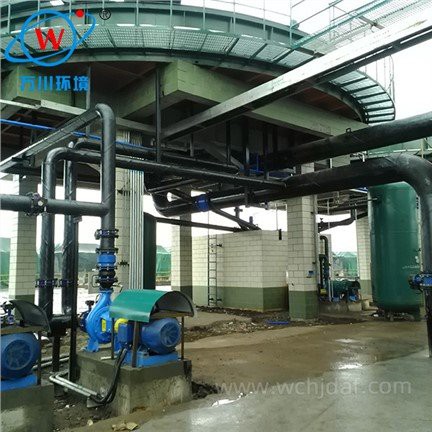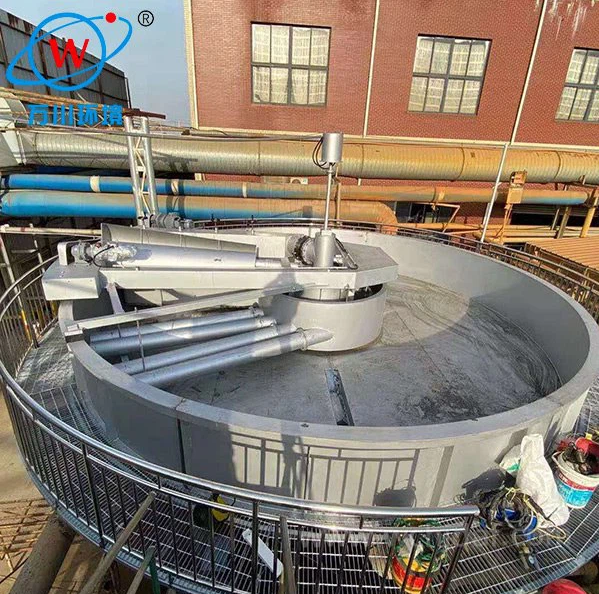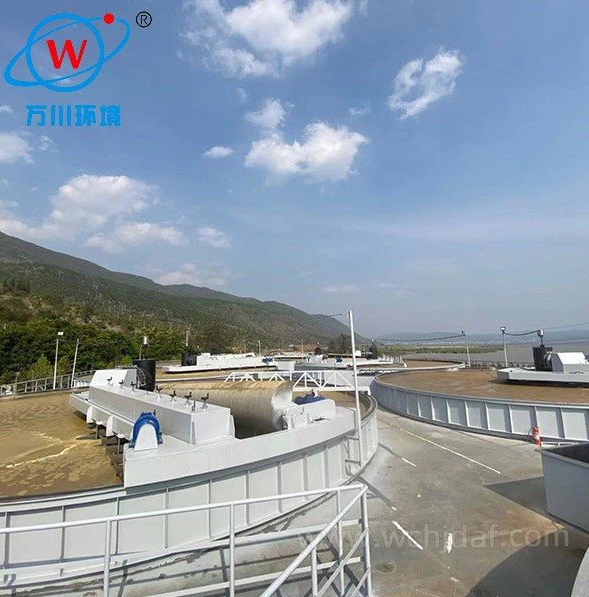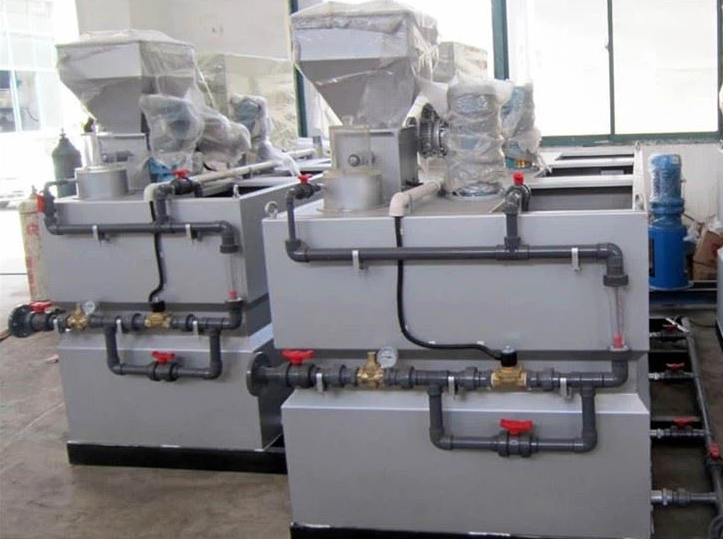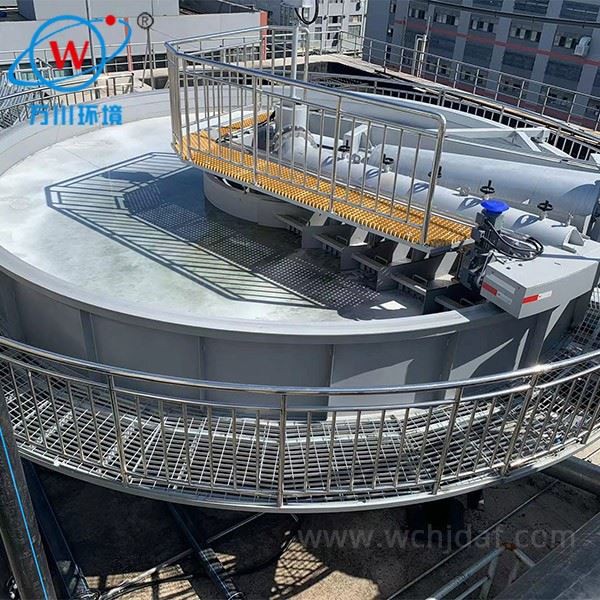Optimizing In-Situ Air Flotation (ISAF) Systems
Maximizing ISAF system efficiency requires precise control of operational parameters and regular maintenance practices to enhance treatment performance while minimizing operational costs.
- 1 Chemical Optimization: Conduct regular jar tests to determine optimal coagulant/flocculant dosage. Avoid overdosing (increases sludge) and underdosing (reduces efficiency). Adjust based on pH, turbidity, and pollutant concentration.
- 2 Air Injection Control: Fine-tune air flow rate - too low reduces bubble formation, too high causes turbulence. Optimize diffuser type/placement for uniform bubble distribution.
- 3 Retention Management: Ensure adequate time for bubble-particle attachment and scum accumulation. Monitor effluent quality (suspended solids, turbidity) to adjust parameters.
- 4 System Maintenance: Regularly clean/replace air diffusers to prevent clogging. Maintain skimming mechanism for efficient scum removal.
Critical Parameters to Monitor: Chemical dosage | Air flow rate | Bubble size distribution | Retention time | Effluent quality metrics
Through careful management of these operational factors and consistent system maintenance, ISAF systems can achieve optimal particle removal efficiency while maintaining cost-effective operation. Regular performance monitoring enables timely adjustments to changing wastewater characteristics.

